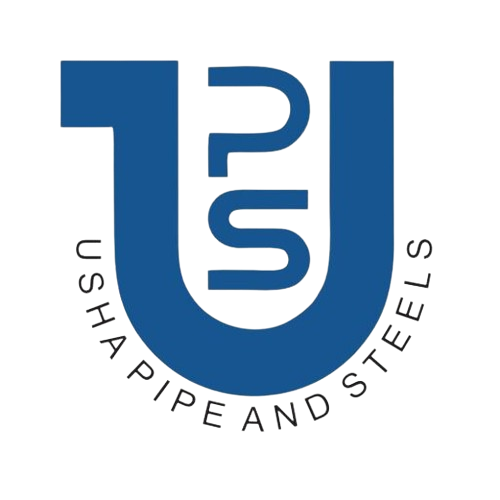Cold Rolled Coil [CRC]
- Home
- Cold Rolled Coil [CRC]
Product Description
The cold rolling process involves reducing the thickness of the steel, often producing thinner and more precise gauges. It also imparts a smoother surface finish and improves the mechanical properties of the steel, such as increased hardness and strength. Cold-rolled coil steel is commonly used in applications where a smooth surface finish and tighter dimensional tolerances are required, such as in the manufacturing of automotive components, appliances, construction materials, and various other industrial applications.
Uses of Cold Rolled Coil
- Construction
- Furniture Manufacturing
- Oil and Gas Industry
- Energy Sector
- Water Supply
Construction
Cold-rolled pipes are often used in construction for structural purposes, such as in the fabrication of building frames, supports, and columns.
Furniture Manufacturing
In the furniture industry, cold-rolled pipes are used for making frames and supports for various types of furniture, including chairs, tables, and shelves.
Oil and Gas Industry
Cold-rolled pipes are used in the oil and gas sector for the production and transportation of fluids. They can be employed in pipelines and various components of oil rigs.
Energy Sector
Cold-rolled pipes are used in the energy industry for applications like power plants and renewable energy projects.
Water Supply
Cold-rolled pipes are suitable for water supply systems, plumbing, and irrigation due to their corrosion resistance and durability.
Benefits of Cold Rolled Coil [CRC]
Cold-rolled pipes offer several advantages compared to their hot-rolled counterparts, making them suitable for various applications in different industries. Here are some of the key advantages of cold-rolled pipes:
- Improved Surface Finish: Cold-rolling produces a smoother and more polished surface finish on the pipes. This enhanced surface quality makes them aesthetically appealing and can be crucial in applications where appearance matters.
- Dimensional Accuracy and Consistency: Cold-rolled pipes generally exhibit better dimensional accuracy and consistency in terms of size, shape, and thickness. This makes them suitable for applications where precise dimensions are critical.
- Higher Strength and Hardness: Cold-rolled pipes typically have higher strength and hardness compared to hot-rolled pipes. The cold-rolling process induces strain hardening, improving the mechanical properties of the material.
- Better Surface Finish for Coating: The smooth surface of cold-rolled pipes provides an excellent base for various coatings, such as paint or galvanized coatings. This enhances the corrosion resistance and durability of the pipes.
- Uniform Grain Structure: The cold-rolling process refines the grain structure of the material, resulting in a more uniform and fine-grained structure. This contributes to improved mechanical properties and overall performance.
- Reduced Residual Stress: Cold-rolled pipes experience less residual stress compared to hot-rolled pipes. This can be advantageous in applications where stress levels need to be minimized to enhance the material’s fatigue resistance.
- Suitability for Precision Applications: Due to their improved dimensional accuracy and surface finish, cold-rolled pipes are well-suited for precision applications in industries such as automotive, aerospace, and electronics.
Proudly deals in


